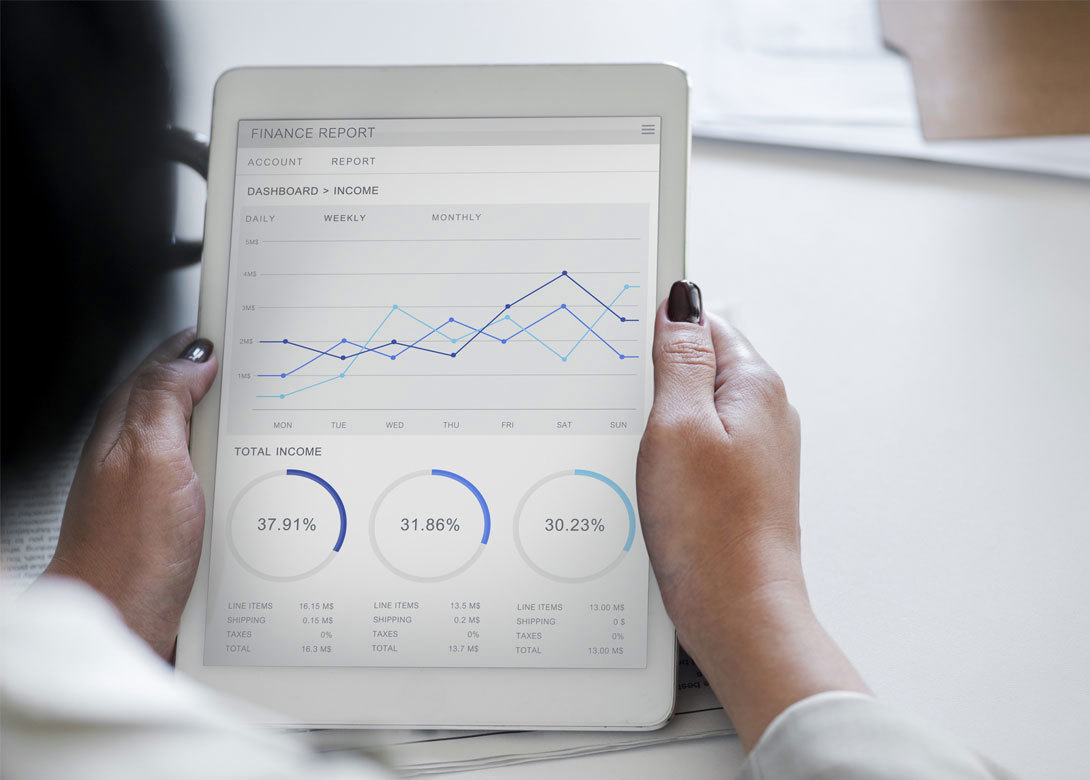
Bufab Group reported first half 2018 net sales of SEK 1,925 million, an increase of 18% over the same period 2017. Organic growth was 10%. EBITA rose 20% to SEK 204 million.
President and CEO, Jörgen Rosengren, commented: “The favourable performance that marked the beginning of the year continued during the second quarter. Solid growth at 19 percent was driven by acquisitions, increased market shares and favourable underlying growth, but also by positive calendar effects.”
Bufab’s International segment accelerated its earnings trend, with 25% growth achieved through strengthened market shares in most markets and successful acquisitions. Gross margin improved significantly due to currency effects and price increases that exceeded material-driven cost increases. Operating profit grew more than 50% as growth was not accompanied by a corresponding rise in operating expenses.
Bufab’s Swedish business, however, reported a poorer earnings trend during the second quarter. “Growth was good,” said Rosengren, “but the gross margin was lower than earlier in the year and in 2017. This means that we have not fully succeeded in offsetting the continued negative trend for the SEK and raw materials prices through price increases to customers.” Overall operating profit in Sweden declined, contributed to by a “too high” cost level, a development with which, said Rosengren, “we cannot be satisfied”.
Uncertainty regarding economic development had not yet impacted Bufab’s order intake. While satisfied with the quarter and half year, Jörgen Rosengren said Bufab was watchful for signs of a downturn but aimed to increase market share at a similar or faster rate than previously. He added, “We need to strengthen our gross margin through further price increases. In addition, we need to work to ensure that operating expenses do not increase further as a share of sales, despite the significant investments we are making in our "Leadership" programme. This requires comprehensive efficiency measures in the business in general.”

Having held senior management roles in leading automotive and fastener businesses, Phil joined Fastener + Fixing Magazine as editor in 2002. Convinced there is no substitute for ‘being there’, over 17 years of visits and interviews around the world means he has accumulated an extraordinary knowledge and perspective of the global fastener industry, reflected in his incisive and thought provoking reporting.
Don't have an account? Sign Up
Signing up to Fastener + Fixing Magazine enables you to manage your account details.